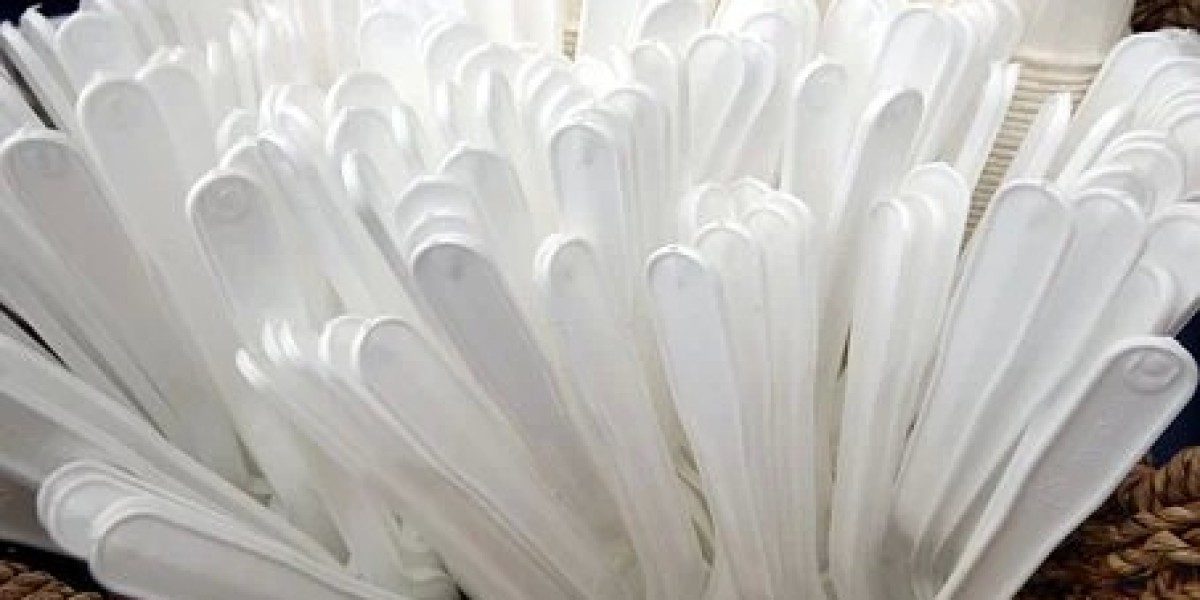Welcome to the world of Fibreglass Lamination, a fascinating technique that opens doors to creativity and innovation. If you're looking to learn the ropes or refine your skills in this domain, you've come to the right place. In this detailed guide, we'll explore the ins and outs of Fibreglass Lamination, from the basics to advanced tips and techniques.
What is Fibreglass Lamination?
Fibreglass lamination, a versatile and widely used process, involves layering fibreglass sheets with resin to create a strong and durable composite material. It finds applications in various industries, from automotive to marine, and even in crafting.
The Basics of Fibreglass Lamination
Fibreglass Sheets and Resin
To embark on your Fibreglass Lamination journey, you'll need high-quality fibreglass sheets and a compatible resin. The sheets come in various weights and weaves, providing flexibility in your projects. The choice of resin depends on your specific application, with epoxy and polyester being common options.
Safety Precautions
Before you start, ensure your safety gear is in place. A mask, gloves, and protective eyewear are essential when working with fibreglass and resin. Proper ventilation in your workspace is crucial to avoid inhaling harmful fumes.
Preparing the Workspace
Set up a clean and organized workspace. Lay down plastic sheeting to catch any spills, and have all your tools and materials within easy reach.
Cutting and Layering
Cut your fibreglass sheets according to your project's dimensions. Begin by applying a layer of resin onto the working surface, then place the fibreglass sheet on top and saturate it with resin. Repeat this process, layer by layer, until you achieve the desired thickness.
Curing and Finishing
Allow the lamination to cure. This process may take several hours or longer, depending on the resin and environmental conditions. Once cured, you can sand, shape, and paint the lamination as needed.
Advanced Techniques for Fibreglass Lamination
Vacuum Bagging
Vacuum bagging is an advanced method that ensures a strong bond and minimizes air bubbles. It involves sealing the lamination in a vacuum bag and applying pressure, which results in a smoother and more even finish.
Gel Coat Application
To enhance the appearance of your fibreglass lamination, consider applying a gel coat. This glossy, protective layer not only adds aesthetic value but also improves durability.
Conclusion
Fibreglass lamination is a versatile technique that empowers you to create durable and strong composite materials. Whether you're interested in DIY projects or professional applications, mastering this art opens up a world of possibilities. From safety precautions to advanced techniques, this guide has provided a comprehensive overview of fibreglass lamination. So, roll up your sleeves and dive into the exciting world of fibreglass lamination.








